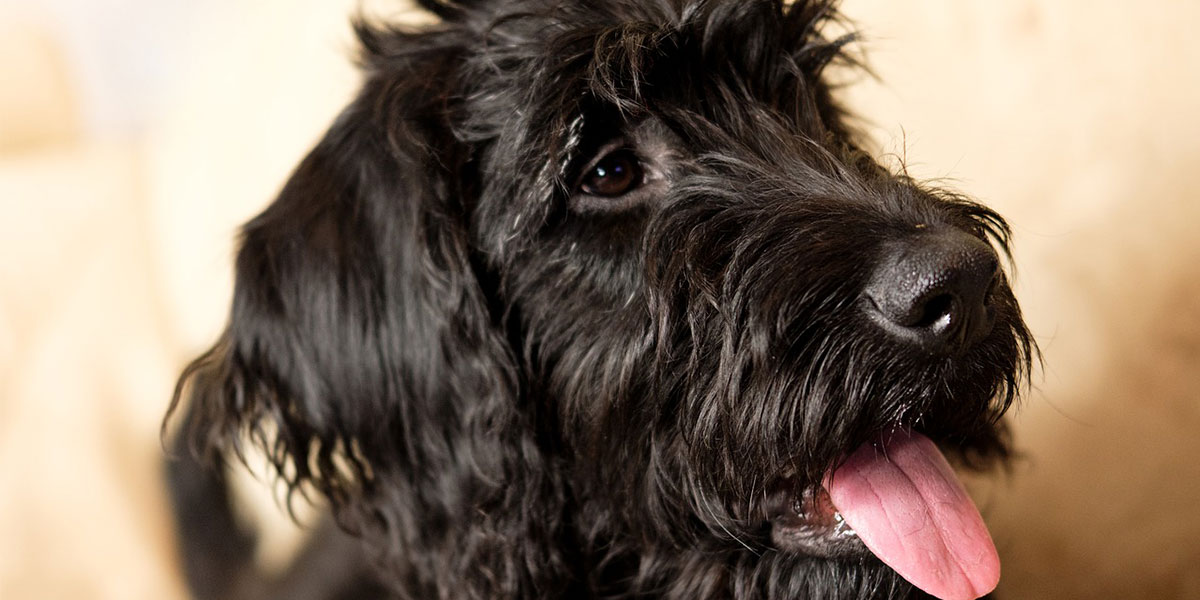Taking too long? Close loading screen.

March 12th
Dogs are more sensitive to dietary changes than you might think, and deciding whether or not to change up your dog’s food isn’t quite so easy.
Your pooch’s nutritional needs change as he or she gets older. Just take protein, for example.
Puppies need a lot, adult dogs need less, and senior dogs need even less—in fact, older dogs can suffer kidney and liver damage when they’re fed a diet that’s too high in protein.
That’s why puppy formula has a higher concentration of carbs and proteins for your growing pup, while senior and adult dog food has a totally different makeup for those older dogs out there.
Senior dog foods may even include supplements like chondroitin and glucosamine that may help ease stiffness and pain caused by arthritis.
If your pup suffers from symptoms like an upset tummy or itchy skin after eating, then your dog food may be the culprit.
Like humans, dogs can suddenly develop food sensitivities, even to ingredients they’ve been eating for years with no issues.
If your veterinarian thinks that your dog has a food allergy or sensitivity, he or she may recommend replacing your dog’s protein source with new types of meat, such as lamb.
Your dog will have fewer issues if you change their food gradually. For example:
Here’s an example of what your dog’s meals might look like as you’re switching food:
If you’re wondering how to choose great food in the first place, we recommend taking a peek at our post on grading dog food right here.
And if you’re still searching for the ultimate dog, head on over to our puppy finder ASAP!
Find the Perfect Puppy